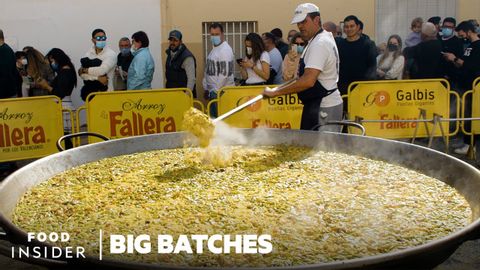160キロのパエリヤで1400人を養うスペイン|Big Batches|フードインサイダー (How 160-Kilogram Paellas Feed 1,400 People In Spain | Big Batches | Food Insider)
林宜悉 が 2022 年 06 月 18 日 に投稿  この条件に一致する単語はありません
この条件に一致する単語はありませんUS /ˈkɑnstəntlɪ/
・
UK /ˈkɒnstəntli/
US /ˈrek.əɡ.naɪz/
・
UK /ˈrek.əɡ.naɪz/
- v.t.(~が本当であると)認める : 受け入れる;(重要性を)認める;法的権威を尊重する;公にその人の貢献を称賛する;認識する、認知する
US / dɪˈbet/
・
UK /dɪ'beɪt/
- n. (c./u.)討論;討論
- v.t./i.熟慮する;討論する
エネルギーを使用
すべての単語を解除
発音・解説・フィルター機能を解除
